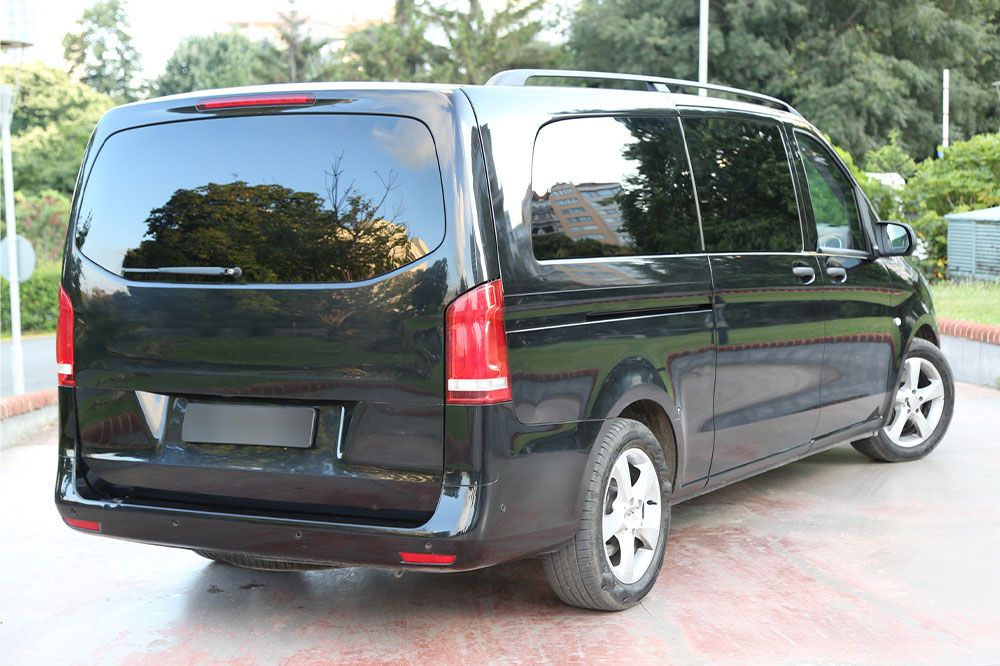UK Static Caravan Market: Insights, Challenges, and Investment Opportunities
Explore the UK static caravan market’s landscape, including reasons behind unsold units, the challenges faced by dealers, and lucrative opportunities for buyers and investors. Discover how economic factors, location, and depreciation influence sales, and learn strategies to leverage discounts, upgrades, and premium locations for profitable investments. This comprehensive guide offers insights for navigating the static caravan industry effectively amidst market fluctuations and seasonal trends.

An In-Depth Look into the UK Static Caravan Industry: Why Some Units Remain Unsold, the Challenges Faced, and The Potential for Buyers and Investors
The UK’s thriving holiday industry continues to attract a wide range of consumers, from families seeking affordable leisure options to retirees and holidaymakers aiming to enjoy scenic getaways without the need for extensive travel. Among the various options available, static caravans stand out as a popular and practical choice. These prefabricated, non-motorized structures serve as secondary homes and provide a versatile, cost-effective way to enjoy leisure and relaxation. Despite the high demand, market analysts notice a considerable number of static caravans remaining unsold for extended periods, raising questions about the underlying causes and what opportunities might exist for both buyers and investors.
Understanding Static Caravans
Static caravans, also known as holiday homes or mobile homes, are characteristically prefabricated units designed for fixed placement at designated locations. Unlike touring caravans, which are built for mobility and scheduled travel, static models are intended to stay put for longer durations, making them akin to holiday cabins or secondary residences. These units are equipped with essential amenities such as kitchens, bathrooms, sleeping areas, and living spaces, creating a self-contained environment suitable for short-term retreats or extended vacations.
Size variations range from compact, budget-friendly models suited for small families or individuals, to luxurious, sprawling units equipped with modern conveniences and premium features targeting high-end buyers. Their fixed nature, combined with comprehensive amenities, makes static caravans an attractive investment, especially for those interested in affordable holiday homes or rental properties in desirable locations.
Reasons Why Some Static Caravans Remain Unsold
Although demand for static caravans remains steady, a significant portion of inventory remains unsold for lengthy periods. Several factors contribute to this trend, which can be broadly categorized into economic conditions, pricing issues, location-related factors, financing difficulties, seasonal variations, and depreciation effects.
1. Economic Fluctuations and Market Uncertainty
Economic downturns, recessions, and financial instability have a profound impact on the holiday and leisure industry. During uncertain economic times, consumers tend to prioritize essential expenditures and cut back on discretionary expenses like holiday homes. Moreover, ongoing fears about job security and household finances make potential buyers hesitant to commit to large investments such as static caravans. The costs associated with ownership—including site fees, maintenance, insurance, and taxes—further discourage consumers facing economic uncertainty, leading to increased unsold inventory.
2. Purchase Price and Perceived Value
Even though static caravans are generally more budget-friendly compared to traditional properties, their upfront purchase costs can still be a barrier. Variations in size, features, quality, and location significantly influence pricing. For some prospective buyers, if the perceived value doesn't align with the asking price, or if they believe the model’s features are outdated or insufficient, they might postpone or forego the purchase altogether. Careful market positioning and competitive pricing are essential to stimulate sales.
3. Location and Related Cost Factors
The site location where the caravan is placed plays a critical role in determining sales potential. Less desirable or inaccessible sites, or those in areas with low tourist traffic, may dissuade buyers. High site fees, including charges for parking, utilities, or park maintenance, can significantly increase the cost of ownership, making these units less attractive. Conversely, prime locations in popular holiday destinations tend to command higher prices yet attract more buyer interest.
4. Challenges in Financing Ownership
Securing financing for static caravans presents a notable hurdle. Unlike traditional houses or apartments, which benefit from well-established mortgage options, many financiers are reluctant to offer loans specifically for holiday homes, especially if they are not located within registered parks or approved ownership schemes. Limited financing options restrict the pool of potential buyers, resulting in more inventory remaining unsold.
5. Seasonal Buying Patterns
The demand for static caravans generally peaks during spring and summer, aligning with holiday seasons and warmer weather. During off-peak months, demand typically drops, leading to an accumulation of unsold inventory. This seasonal fluctuation complicates inventory management for dealers and manufacturers, often forcing them to offer discounts or incentives to clear stock before the next peak season begins.
6. Depreciation and Resale Challenges
As static caravans age, they tend to depreciate in value, which diminishes their appeal as long-term investments. High depreciation rates mean that resale value declines rapidly, making potential buyers wary of making a long-term commitment. This depreciation factor can lead to a cycle of reduced demand for older or unsold units, further compounding inventory issues.
Selling Obstacles for Unsold Static Caravans
Dealers, manufacturers, and park operators face multiple challenges in managing unsold inventory. The costs associated with storing, maintaining, insuring, and insuring these units can quickly accumulate over time. To mitigate losses, some sellers resort to offering discounts, promotional deals, or bundling options, which can compromise profit margins. Additionally, evolving consumer preferences—such as a shift toward newer, more modern designs or eco-friendly features—mean some models become outdated fairly quickly. Competition among brands heightens, requiring sellers to continuously innovate or reposition their offerings to remain relevant in the marketplace.
Opportunities for Buyers and Investors
Despite the challenges, unsold static caravans also open doors to unique investment and purchasing opportunities. Savvy buyers and investors can leverage several benefits to secure favorable deals or generate income, provided they conduct thorough research and strategic planning. Here are some of the key advantages:
1. Attractive Discounted Prices
Manufacturers and dealers often offer significant discounts in order to clear their excess stock, particularly during promotional events or the offseason. These discounts make purchasing a static caravan more accessible and economically viable for a broader range of buyers. Potential buyers can acquire well-maintained units at a fraction of their original price, offering excellent value for money.
2. Lucrative Investment Opportunities
Investors can capitalize on unsold stock by purchasing static caravans for rental purposes. With rising popularity of staycations and domestic holidays, a well-located caravan can generate consistent rental income, offering a steady cash flow. High-demand tourist areas or exclusive holiday parks can command premium rental rates, making the investment highly profitable over time. Additionally, upgrading older models or customizing them to modern standards can further enhance their attractiveness.
3. Customization and Upgrades
Older or unsold caravans often lend themselves well to renovation projects. Buyers can upgrade interiors, install modern appliances, or personalize the exterior design to boost appeal and potentially increase resale value. This flexibility provides an opportunity to create a unique holiday home tailored to personal preferences or market trends.
4. Access to High-End Parks and Exclusive Locations
Purchasing in bulk or securing units in desirable locations may grant access to high-demand holiday parks and luxury destinations. Such access offers exclusive privileges, private amenities, and a more premium holiday experience, attracting a niche market willing to pay higher rental or purchase prices.
Key Tips for Buying Unsold Static Caravans
Price Negotiation: Explore discounts, promotions, or bundle deals that reduce overall costs.
Site Considerations: Assess the park’s environment, infrastructure, and visitor appeal to ensure sustained interest.
Condition and Age: Inspect for wear, potential upgrades, and how well the caravan has been maintained over time.
Operational Expenses: Factor in ongoing costs such as site fees, maintenance, and insurance to determine long-term affordability.
Resale Potential: Recognize that depreciation affects future resale value, influencing your investment decision.
In conclusion, while the UK static caravan market faces certain hurdles, particularly with unsold inventory and seasonal fluctuations, these challenges also create opportunities for strategic buyers and investors. Careful analysis of pricing, location, and future potential can turn unsold units into valuable assets, either as enjoyable holiday retreats or lucrative rental investments, especially in a growing domestic tourism landscape.



